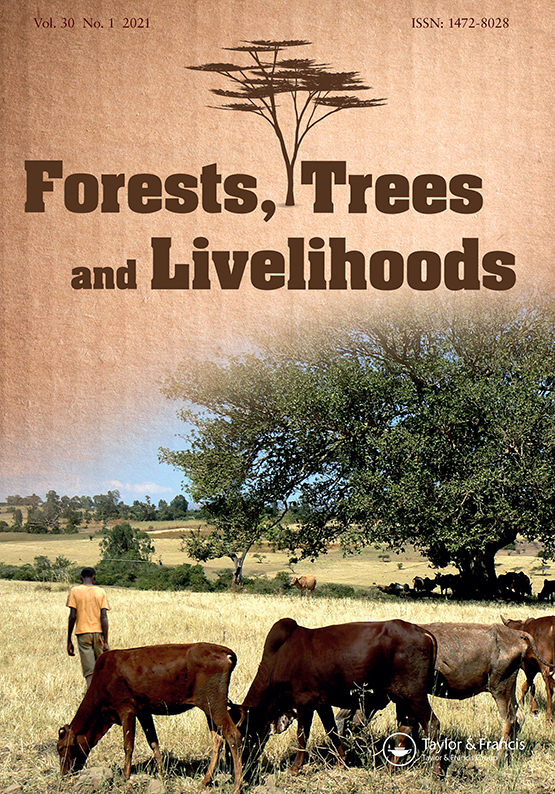Community participation in forest and water management planning in Kenya: challenges and opportunities
Abstract
Forest and water are linked resources that are important to community livelihoods in East Africa. Sectoral reforms in Kenya have decentralized forest and water management functions to local communities through forest and water Acts. It has been argued that problems are more likely to be understood as interconnected, and thus managed more holistically, at the local level. Through case studies on the processes of developing forest and water management plans in two Kenyan ecosystems, we explore the challenges and opportunities for resource management planning at the local level. The questions we addressed are: How is the content of the plans determined? How is gender integrated ? What are the barriers to implementation? How can content and implementation be improved to support joint forest and water management? Despite their close links, water and forest governance is separate, as sectoral approaches nationally trickle down locally. We argue that the process of developing the plans should take an integrated landscape approach. A practical way forward is to improve current processes, by ensuring local participation and generating local ownership through improved facilitation and engagement of community members, including women. This includes the integration of community participants from both spheres into both forest and water management planning.

